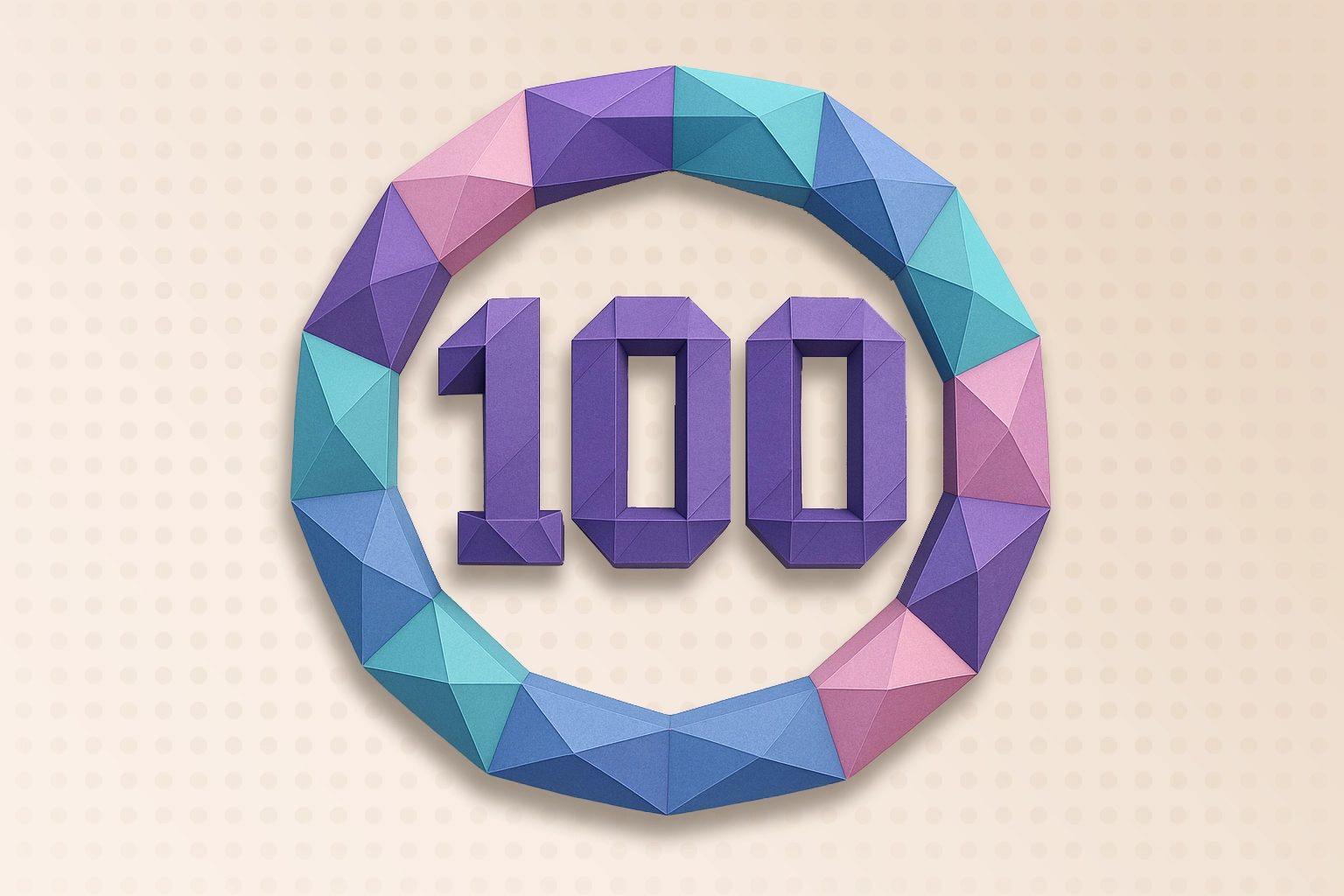Fix Images PageSpeed with This Simple Trick

Let’s be honest: nothing ruins your day faster than seeing your nearly-perfect landing page get thrashed by Google PageSpeed because of one beautiful image. If you’ve ever wondered how to fix images PageSpeed without throwing money at CDNs or image services, you’re in the right place.
You worked hard. The layout is clean. The copy sings. The call-to-action image is a masterpiece.
But your score? Drops from 98 to 57 in a blink.
We’ve felt that pain. At Rainmakers, we’ve spent years building fast, beautiful sites — and we’ve learned the hard way that the biggest PageSpeed killer is almost always the same:
👉 Unoptimized above-the-fold images.
This Isn’t a Full Technical Guide
This isn’t some heavy, technical breakdown. This is one of those precious, battle-tested pro tips we use on nearly every project. It’s fast, clean, and doesn’t cost a cent.
If you’re struggling to fix images PageSpeed without jumping into CDN setups, paying for image services like Cloudinary or Imgix, or rewriting half your layout — this tip is for you.
What’s Really Hurting Your PageSpeed?
You already know you can use loading="lazy" for images below the fold. But that gorgeous image above the fold — the one that makes your hero section pop — is likely your biggest performance villain.
No matter how well you’ve optimized the rest, that single image can tank your score hard.
Fix Images PageSpeed with srcset Like a Pro
Let’s talk about srcset, a magical HTML attribute that lets browsers decide which version of your image to load based on screen size. It’s responsive, efficient, and requires zero dependencies.
Step 1: Create Multiple Sizes of Your Image
Generate three versions of your hero image:
- 300w – for mobile
- 768w – for tablets
- 1200–1536w – for desktops
You can do this in any image editor, or better yet, automate it, more on that below.
Step 2: Use srcset in Your HTML
<img
srcset="/assets/img/the-end.webp 1200w,
/assets/img/the-end-768px.webp 768w,
/assets/img/the-end-300px.webp 300w"
src="/assets/img/the-end.webp"
alt="And in the end the love you take is equal to the love you make">
This tells the browser:
“Hey, here are some size options — pick the right one based on the device.”
And it listens. Responsively. Quickly. Beautifully.
Why This Works
- The browser loads only what’s needed — no bloated full-size images on mobile.
- It skips the heavy lifting and complicated CSS rules.
- You still get full design fidelity, but with performance back on your side.
Rainmakers’ Bonus Tips
- Always use the original image width for the largest size in
srcset.
If your image is 1536px wide, make that your max (1536w). - Our go-to sizes: 300w, 768w, and something between 1200w–1536w
(These work 99% of the time. Thank you, WordPress, for the blueprint.) - Want to automate image generation? Use sharp. It’s a Node.js tool that slices and dices your images without Photoshop, perfect for any dev pipeline, and not, this is not sponsored, I wish ha!
The Payoff? 100 PageSpeed. No Sweat.
It’s honestly incredible how often this one change helps you fix images PageSpeed and get back to that juicy green 100.
✅ No CDN
✅ No paid services
✅ No loss in visual quality
✅ No extra stress
Just clean HTML, a couple extra images, and smart loading.
Want to Go Further?
We’ve built reusable components that make this effortless in React, Vue and our favorite Svelte.
If you want a starter snippet or need any web solution, just reach out — we’re happy to share the love, absolutely free advice like this blog.